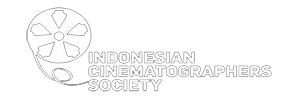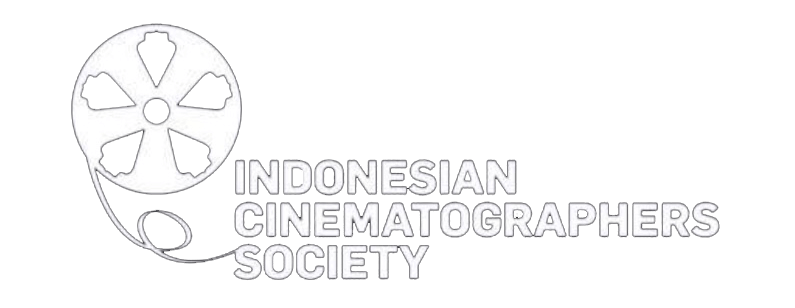Judul : Standar Keselamatan dan Kesehatan Kerja (K3) Departemen Kamera Dalam Industri Film Indonesia
Penulis : Muhammad Firdaus, I.C.S
Tebal Halaman : 183 halaman
Ukuran Buku : 14.85 x 21cm
Buku ini merupakan standar keselamatan dan kesehatan (K3) di departemen kamera. Ruang lingkup dari buku ini membahas 4 hal:
- Bekerja pada ketinggian.
- Kerja listrik.
- Bekerja pada mobil kamera/tracking vehicle.
- Bekerja di bawah air/penyelaman.
Tujuan dari buku ini selain sebagai standar operasi kerja, adalah untuk menurunkan tingkat kecelakaan kerja di industri film. Sumber penulisan buku ini diambil dari berbagai sumber:
- UU Republik Indonesia Nomor 1 Tahun 1970 tentang Keselamatan Kerja.
- Peraturan Menteri Ketenagakerjaan RI Nomor 9 Tahun 2016 tentang Keselamatan dan Kesehatan Kerja Dalam Pekerjaan Pada Ketinggian.
- Peraturan Menteri Ketenagakerjaan RI Nomor 5 Tahun 1996 tentang Sistem Manajemen Keselamatan dan Kesehatan Kerja.
- Peraturan Menteri Ketenagakerjaan RI Nomor 12 Tahun 2015 tentang Keselamatan dan Kesehatan Kerja Listrik di Tempat Kerja.
- Keputusan Direktorat Jenderal Pembinaan Pengawasan Ketenagakerjaan tentang Pedoman Pembinaan Keselamatan dan Kesehatan Kerja Pekerjaan Penyelaman di Dalam Air (Underwater Diving Work).
- Dan Peraturan Perundangan Lainnya.





